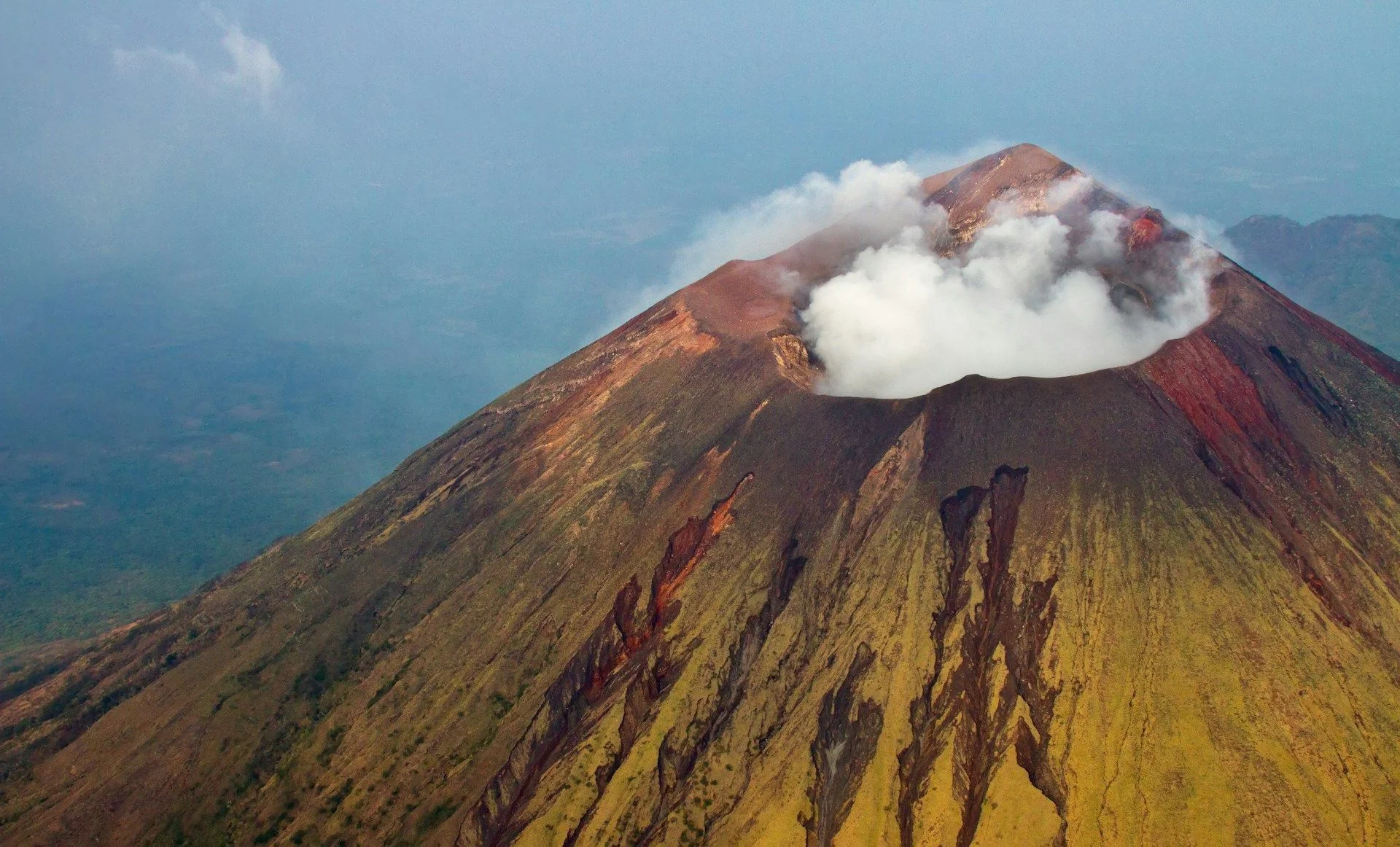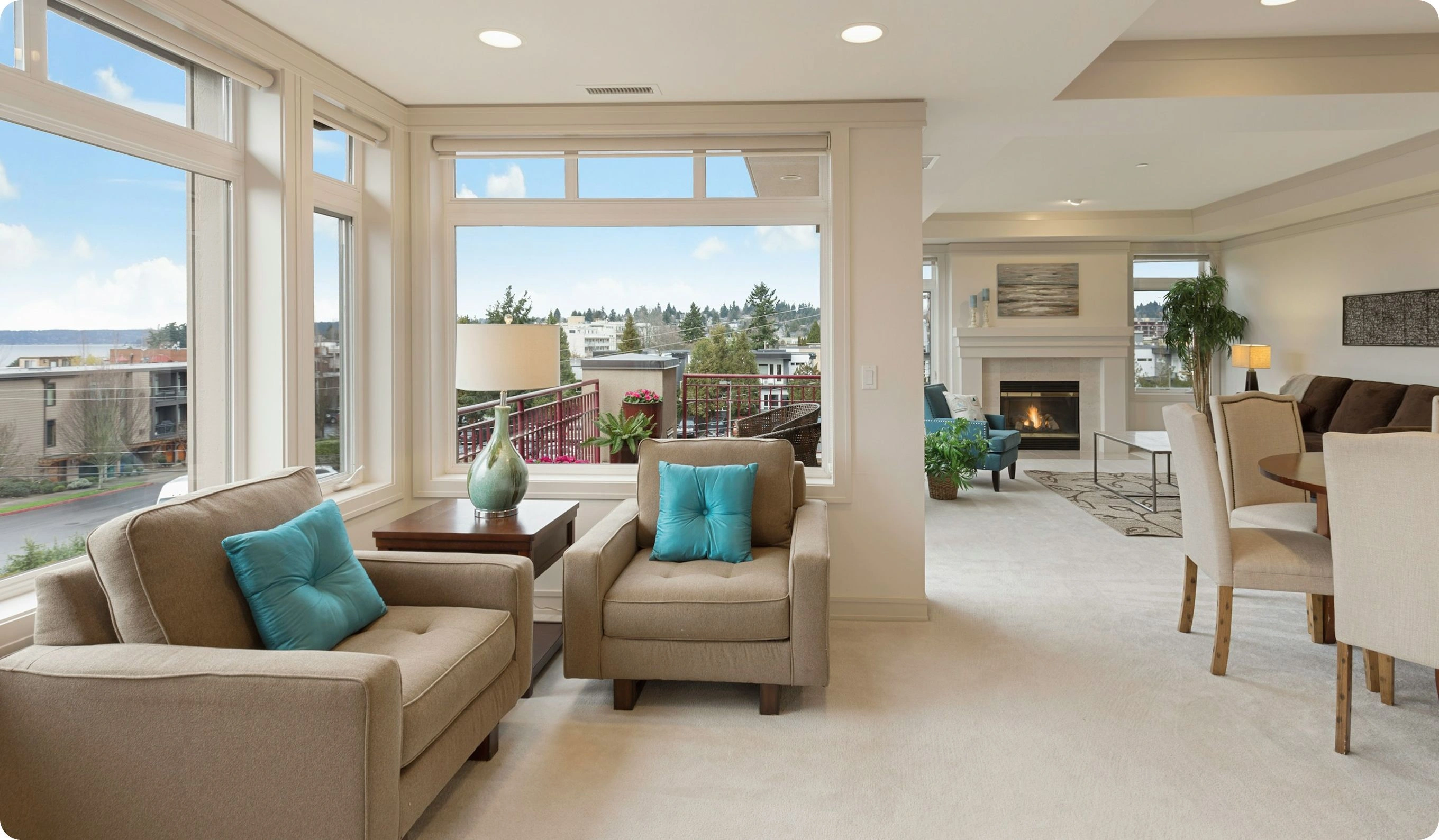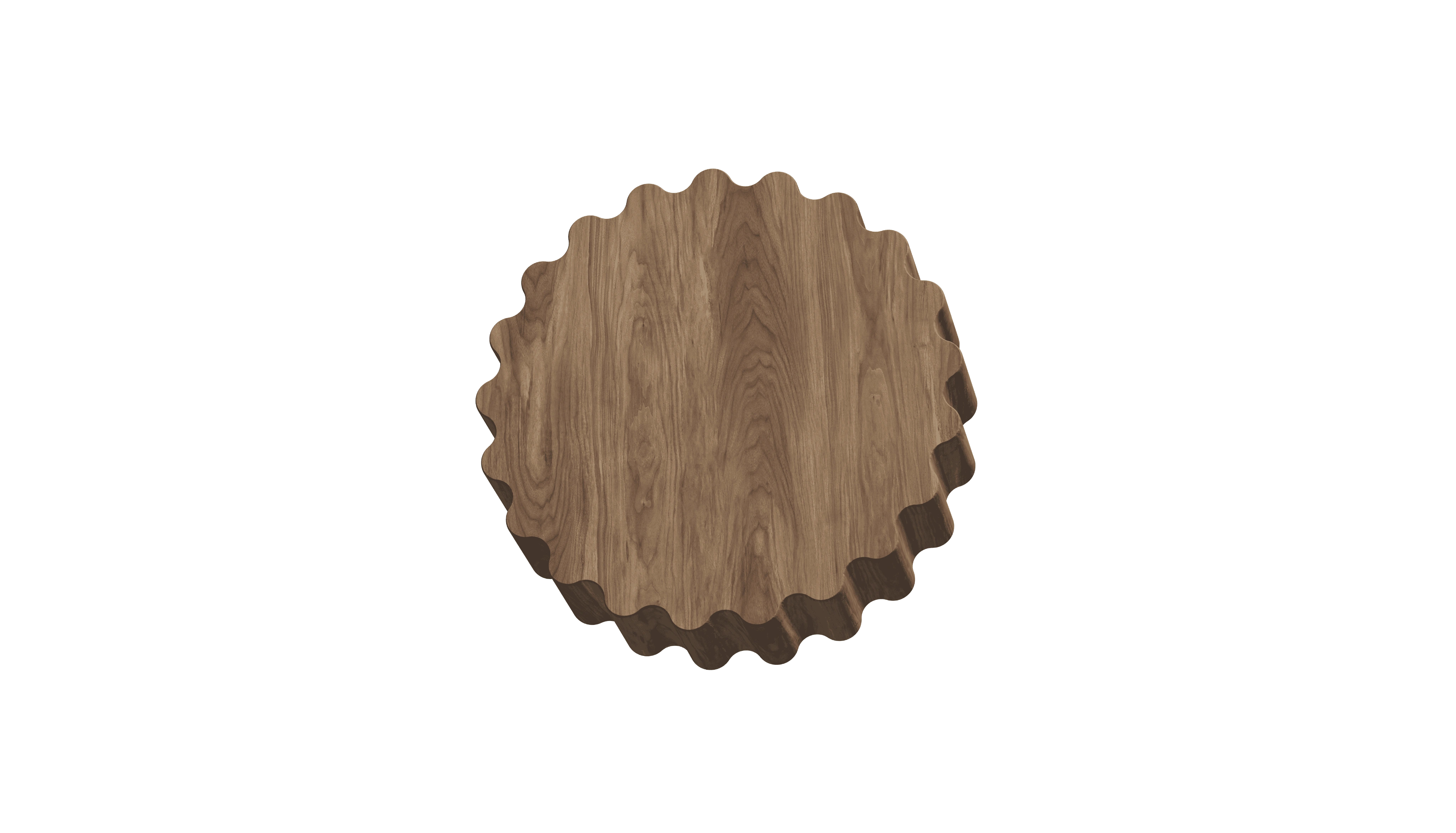Nicaragua Investment Property ListingsHouses amongvolcano ridges and plazas

Popular
cities and regions in Nicaragua
Best offers
in Nicaragua
Benefits of investment in
Nicaragua real estate
Volcano-view land and lakefront homes
Scenic regions offer land near volcanoes and lakes — ideal for nature lovers or tourism projects.
Affordable prices near surfing towns and coasts
Pacific coastal towns offer houses and land with ocean access at low costs.
Residency options tied to property ownership
Buying real estate can help qualify for residency or long-stay permits under current rules.
Volcano-view land and lakefront homes
Scenic regions offer land near volcanoes and lakes — ideal for nature lovers or tourism projects.
Affordable prices near surfing towns and coasts
Pacific coastal towns offer houses and land with ocean access at low costs.
Residency options tied to property ownership
Buying real estate can help qualify for residency or long-stay permits under current rules.

Useful articles
and recommendations from experts
Real Estate Investment in Nicaragua: Affordable Living and Emerging Opportunities
Overview: A Quietly Rising Real Estate Market
Nicaragua, the largest country in Central America, offers real estate investors a mix of affordability, natural beauty, and growing international interest—especially from North American retirees and digital nomads. Despite political tensions in past decades, the country has stabilized significantly in many regions, and its low cost of living and competitive property prices make it an attractive option for long-term residential and tourism-related investments. Popular investment zones include Granada, San Juan del Sur, León, and the Pacific coast.
Types of Property and Demand Segments
Real estate in Nicaragua covers a diverse range of property types across urban, rural, and coastal settings:
- Urban housing: Colonial homes, modern townhouses, and apartments in cities like Managua, Granada, and León.
- Beachfront villas and lots: High demand along the Pacific coast, especially near San Juan del Sur, Popoyo, and Tola.
- Eco-lodges and tourism developments: In areas such as Ometepe Island, Laguna de Apoyo, and near nature reserves.
- Farmland and rural estates: Coffee farms, off-grid land, and agricultural investment opportunities inland.
The buyer profile is primarily composed of North American expats, retirees, real estate developers, and digital nomads seeking alternative living destinations with favorable climates and lower costs.
Ownership and Legal Framework
Nicaragua has a legal system based on civil law, and the constitution guarantees property rights to both nationals and foreigners. Key legal facts include:
- Full property ownership: Foreigners have the same rights as citizens to own property, including beachfront land (with restrictions close to the waterline).
- Property registration: All real estate transactions must be registered with the Public Registry (Registro Público de la Propiedad Inmueble).
- Title security: It's essential to confirm clear title history due to past cases of confiscated or disputed properties, especially from the Sandinista era (1980s).
- Proximity to the ocean: The first 50 meters from the high tide line is public land; construction and use within this zone are restricted, but leasing concessions are possible.
Investors should always use a reputable local attorney and conduct proper due diligence, including cadastral map checks and municipal clearances, to ensure secure ownership.
Real Estate Prices and Trends
Nicaragua remains one of the most affordable real estate markets in the Western Hemisphere. Price ranges vary by location and title clarity:
- Granada: Colonial homes: $60,000–250,000; Apartments: $900–1,400/m²
- San Juan del Sur: Beach homes: $120,000–500,000; Lots: $25–120/m² depending on ocean views and access
- León: Homes: $40,000–150,000; Rentals popular with students and professionals
- Rural land: Farmland: $500–3,000/hectare depending on accessibility and water availability
Prices have remained stable with moderate appreciation in high-demand areas. Coastal properties, especially near surf towns like Popoyo, are beginning to attract boutique developers and eco-retreats.
Taxes and Transaction Costs
Nicaragua’s property transaction costs are relatively low compared to many Latin American peers. Key fees include:
- Property transfer tax: 1%–4% depending on property value (first $30,000 is often exempt)
- Municipal tax: Small flat fee based on local council rates
- Notary and legal fees: Around 1%–3% of the purchase price
- Title registration fees: Typically $100–$300 depending on region and complexity
- Annual property tax (IBI): Approximately 1% of cadastral value, often lower than market value
Sellers are also subject to capital gains tax, though rates are modest (typically 1%–2% depending on profit margin). Buyers should always request up-to-date municipal and tax records during due diligence.
Rental Yields and Occupancy
Nicaragua’s rental market is growing, particularly in areas popular with expats and tourists. Rental performance varies by region:
- Beachfront villas: Short-term rental yields of 8%–12% annually in San Juan del Sur and Popoyo
- Colonial homes in Granada: Long-term leases to expats, yielding 6%–8%
- Student housing in León: High occupancy and stable income, with yields around 7%
Vacation rentals via platforms like Airbnb are common, though local management support is essential due to language and logistics. Some foreign investors establish LLCs for tax structuring and ownership convenience.
Investment Scenarios
- Buy-and-rent beach house: A $180,000 ocean-view villa near San Juan del Sur leased short-term at $150–250/night; ~10% annual return
- Colonial renovation project: Granada fixer-upper purchased for $70,000 and restored for Airbnb guests, grossing $1,000+/month
- Agricultural land banking: 10 hectares acquired near Matagalpa for $20,000, held for future eco-development
- Digital nomad co-living property: Urban property converted into 6-unit rental space for long-term travelers in León
Top Locations for Property Investment
- Granada: Colonial architecture, tourism infrastructure, lake access, and walkable streets make it popular among retirees and boutique developers.
- San Juan del Sur: The heart of Nicaragua’s surf and expat scene; strong rental market, nightlife, and international school access.
- León: A university city with cultural vibrancy and consistent student and expat rental demand.
- Popoyo and Tola: Fast-growing surf region with increasing interest from eco-resort and boutique developers.
- Matagalpa and Estelí: Cooler highland towns with farmland potential and off-grid property appeal.
Risks and Considerations
- Political perception: Though day-to-day life is stable in most areas, international media coverage of Nicaragua’s politics may affect investor confidence.
- Title clarity: Essential to verify history, especially in rural or beachfront areas that may have unresolved historical claims.
- Bank financing: Difficult for foreigners. Most transactions are cash-based or supported via private international lenders.
- Infrastructure gaps: Electricity and water access can be limited in rural zones; due diligence on utilities is key.
Conclusion: Affordability Meets Adventure
Nicaragua stands out as one of Central America’s most affordable and promising real estate markets. From colonial homes in Granada to beachfront rentals in San Juan del Sur, the country offers real estate investors both value and lifestyle. While political and title considerations require careful navigation, the potential for double-digit rental yields and long-term appreciation—especially in coastal and tourist zones—is significant. For those seeking frontier affordability without sacrificing natural beauty and lifestyle potential, Nicaragua is well worth a closer look.



